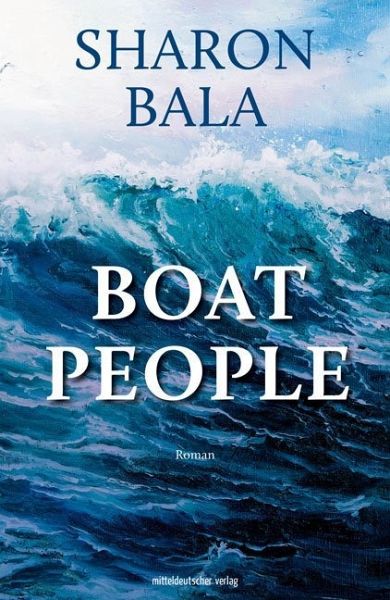


Mahindan had to make unfortunate choices in Sri Lanka to ensure his survival which come back to haunt him now during the Canadian interrogations. In this timely story, I think there might be a third choice in labeling Mahindan as a refugee or terrorist, and that would be as a “victim.” Mahindan and his young son are refugees but as their story unfolds, we see that they are also victims of circumstance and war. How can one determine if Mahindan is lying or telling the truth? Readers grow to understand and appreciate Grace’s dilemma and wonder about her final ruling in Mahindan’s case.

The adjudicator is torn between compassion and the fear that a refugee (posing as a terrorist) might harm the citizens of Canada.

In The Boat People we become acquainted with one refugee, Mahindan, his lawyer, Priya, and an adjudicator, Grace. In order to gain asylum, refugees need to prove that their lives are in danger in their home country as well as satisfy the new country that they are not a safety threat. What’s at stake: refugees looking for a safe place to start over versus the safety of current citizens. Relevant, compelling, compassionate, and fair. This complex, compelling, and heartfelt story, loosely based on true events from 2010, is told fairly from three perspectives: Mahindan (a refugee), Priya (a lawyer and second generation Sri Lankan Canadian), and Grace (an adjudicator and third generation Japanese Canadian). As the “boat people” are thrown into a detention center, rumors circulate that terrorists might be posing as refugees and could create a threat to Canada’s national security. This is the urgent question that faces Canadian officials when a rusty cargo ship carrying five hundred refugees from Sri Lanka appears on Vancouver’s shores. ***This post contains Amazon affiliate links. Genre/Categories: Historical Fiction, Refugee Crisis, Canada, Legal, Cultural Heritage, Sri Lanka, Family Life


 0 kommentar(er)
0 kommentar(er)
